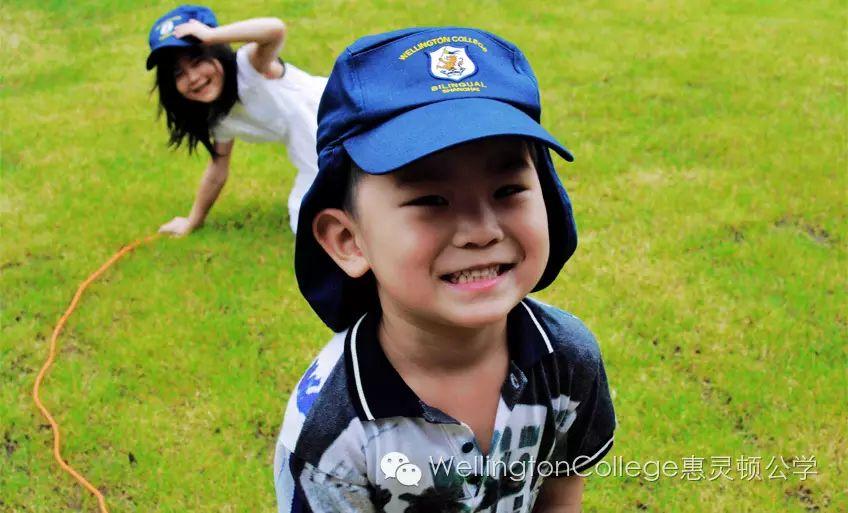

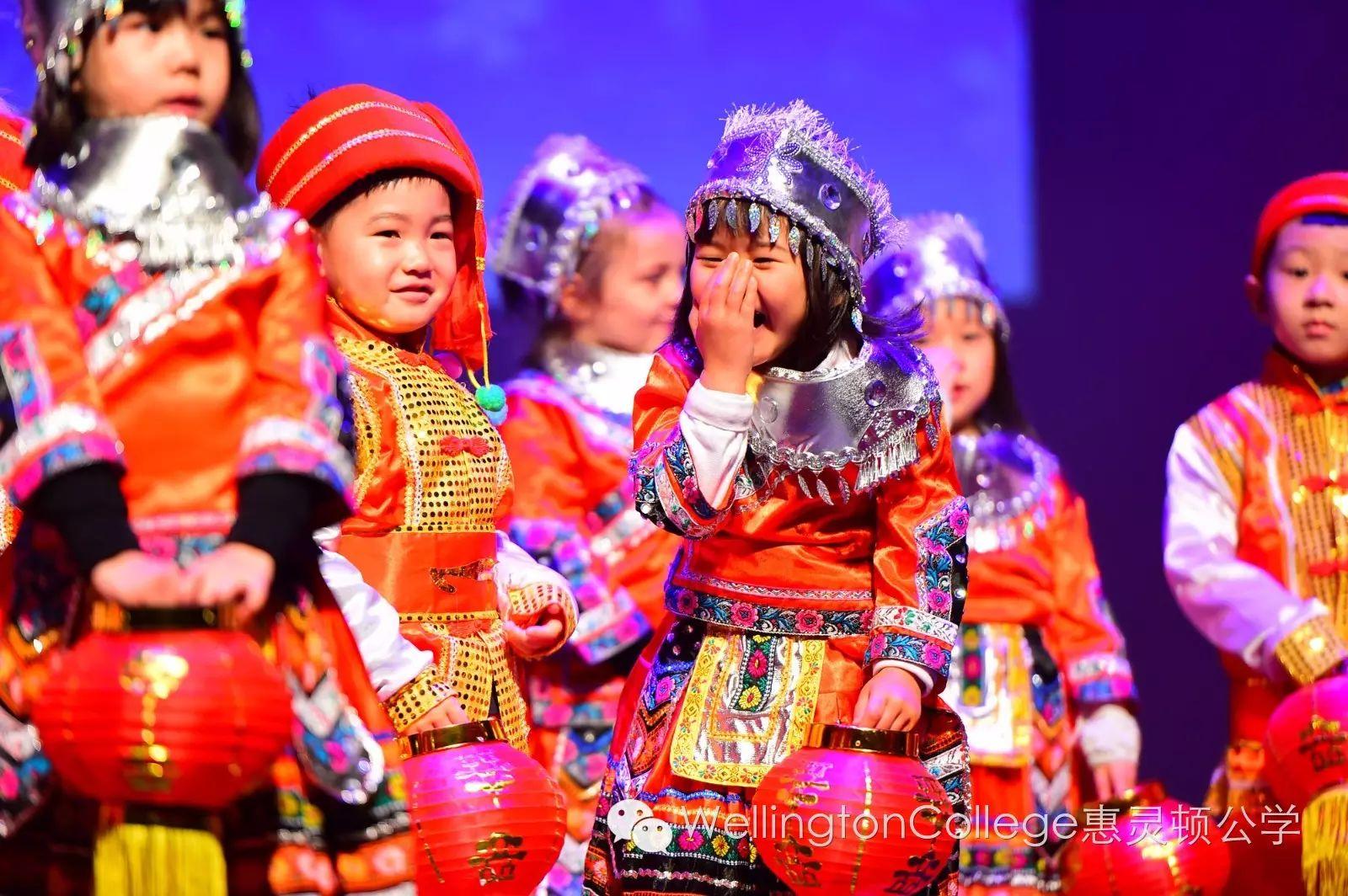
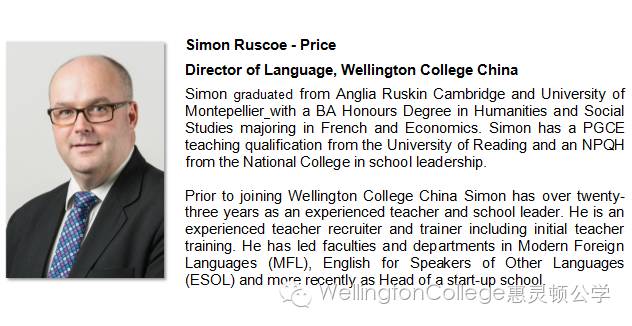 At Wellington College China our goal is to develop the whole child as an innovative, truly bi-lingual and multi -cultural individual equipping him or her with the confidence and skills to flourish in the modern world. In order to achieve this, we must be clear on our common definition of what a bilingual learner is. We define someone as being bilingual as an individual who is able to make a seamless transition between the two languages of instruction. A bilingual person can read, write, understand, think and speak in the two languages without hindrance at all levels. This is to say that they are able to make the intercultural and linguistic transitions seamlessly, whether it be for study, business or leisure. Bilingual leaners think, dream and tell jokes in the two languages.
At Wellington College China our goal is to develop the whole child as an innovative, truly bi-lingual and multi -cultural individual equipping him or her with the confidence and skills to flourish in the modern world. In order to achieve this, we must be clear on our common definition of what a bilingual learner is. We define someone as being bilingual as an individual who is able to make a seamless transition between the two languages of instruction. A bilingual person can read, write, understand, think and speak in the two languages without hindrance at all levels. This is to say that they are able to make the intercultural and linguistic transitions seamlessly, whether it be for study, business or leisure. Bilingual leaners think, dream and tell jokes in the two languages.
At Wellington College China through an intentional immersive exposure to Chinese and English we are able to foster bilingualism and bi-literacy, fusing traditional values and evidence-based best practice from both China and the United Kingdom.
The bilingual immersion experience offers each and every child their own, personalised learning journey and there are a number of key approaches that can be reinforced at home to support that learning journey.
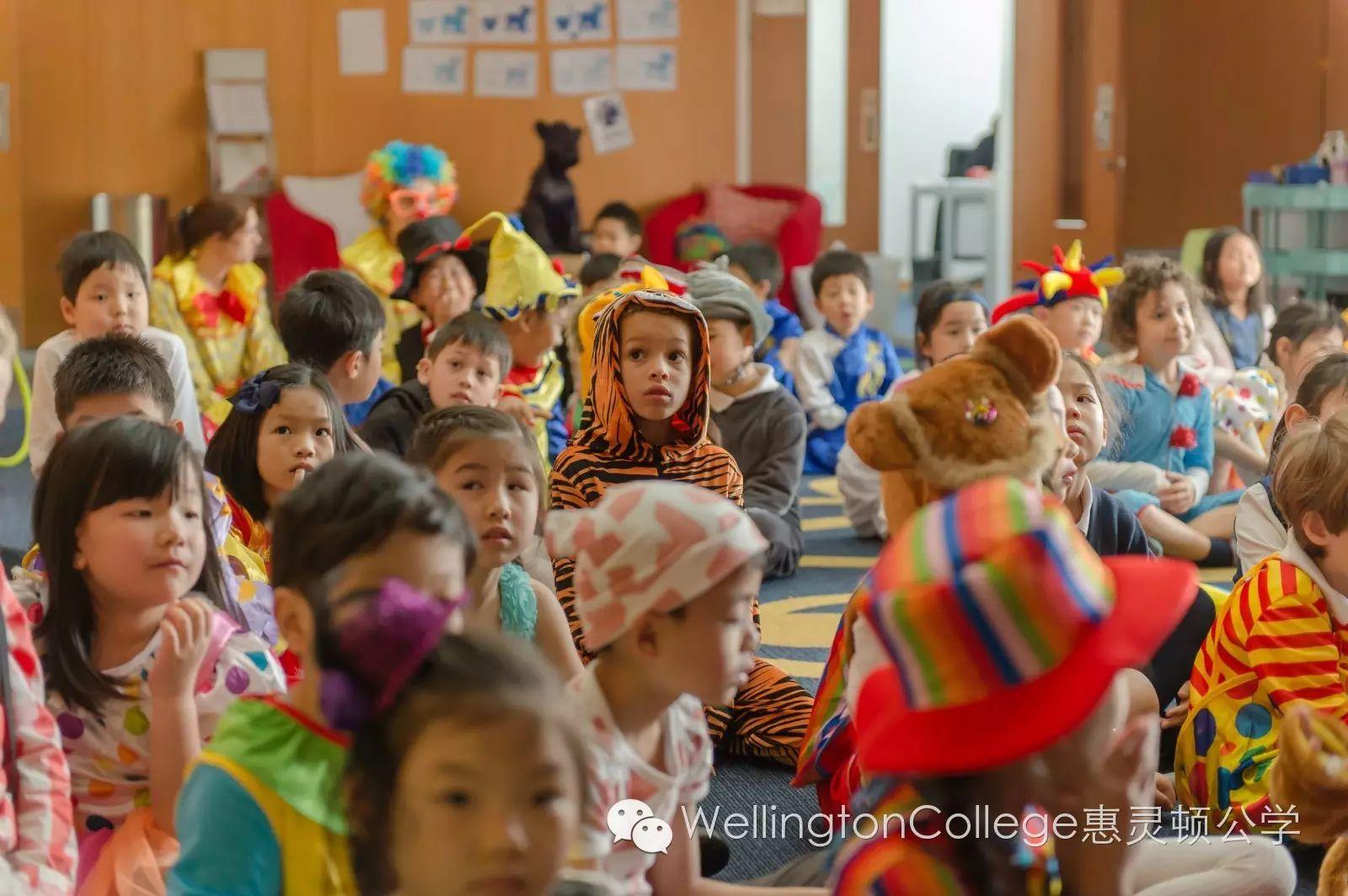
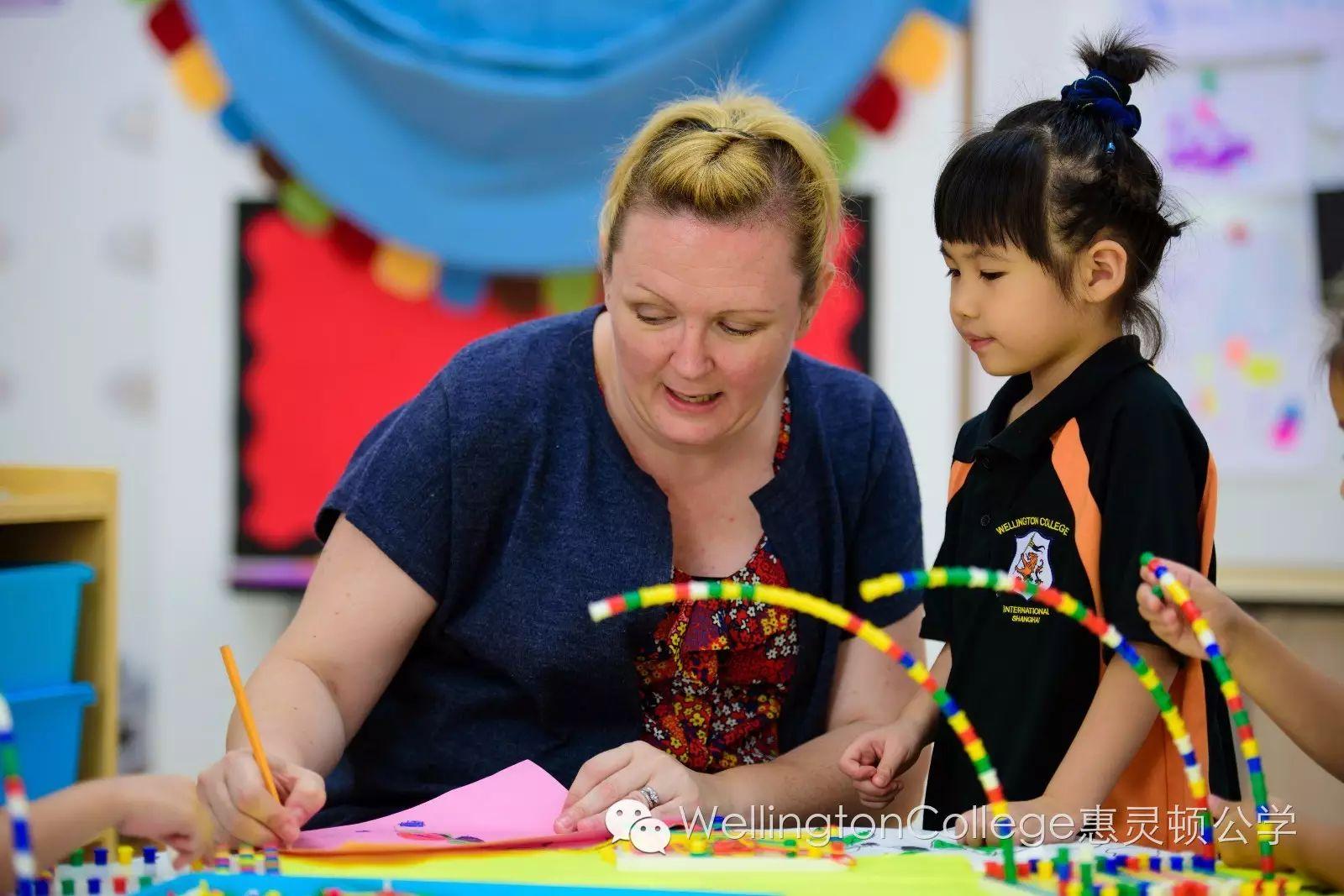
The mastery of language is an exciting lifelong journey of discovery. We must remember that all journeys start with small steps, supported by guides who help us on the way. We must celebrate and relish each of those milestones. As children transition through the phases of language development from ‘the silent period’ through ‘early production’ to ‘speech emergence’ to eventually becoming an advanced proficient user there are practical steps that we can take as we guide them in the early stages of the journey.
If a learner is at the ‘the silent period’ of language development the use of singing. Singing activates the right side of the brain as opposed to the left side of the brain which activates our speech; therefore, singing helps compensate for the later development of the language centres in the left side of the brain.
Nursery rhymes and popular songs are excellent ways of familiarising a child with language, whilst stimulating the brain. Songs can be fun and beneficial for old and young learners alike.
Another technique is to model speaking through child directed speech. The Stanford Report, October 15, 2013 identified that young children learn language in the context of meaningful interactions with those around them. The research showed that children who had experienced more child-directed speech were more efficient at processing language.
“The analyses revealed a cascade of effects – those toddlers who heard more child-directed talk became faster and more reliable in interpreting speech, and it was their superior skill in processing language that then increased their success in vocabulary learning.”
Source: Bjorn Carey Stanford Report, October 15, 2013
Using techniques such as the “3 strikes and you win”” technique enable you to model words and answers to your early year’s child. The technique can be used to teach new vocabulary, where a child’s desired object is held close to your mouth as you model the word, waiting 2-3 seconds for a response the child may or may not repeat the word. If the child repeats celebrate and congratulate them. If your child does not repeat the word, then conduct the process a second time. On the third time if the child has not repeated the word you model the word clearly and give the child the object saying “Good, listening.”


However, being asked too many questions is daunting for a young learner and we must consider the importance of allowing thinking time. This technique is probably the hardest one for us to do, especially in the fast moving era of the instant information superhighway that is the 21st Century. In a normal adult conversation our wait time is approximately one second. For young children the processing time can be up to ten times longer. Please give ten seconds waiting time and in those ten seconds remember that your child is decoding what he or she has been asked and then constructing a response and is then having to shape and say new words and sounds. It is a complex process! If your child is not able to respond after the ten seconds do not ask the same question again; however, re-frame it in a simpler fashion and build in an element of choice. For example:
• Child: “I want sandwich”
• Adult: “You want a sandwich. Which sandwich do you want?” Allow thinking time.
• Child: “Sandwich” •
Adult: “Would you like a chicken sandwich or a jam sandwich?” point to chicken slices and jam pot respectively.
• Child: “A jam sandwich””
• Adult: “Good listening, you would like a jam sandwich”
Giving adequate thinking time and re-framing questions is also an important process for older learners their exciting journey to true bilingualism. In addition to reframing and allowing thinking time we must provide a language rich environment in both languages that runs alongside intellectual development. Bi-lingual development is achieved through clear scaffolding with a deliberate purposeful progressive exposure to more complex language which enables every individual student to be inspired to develop his or her talents fully. In this way bi-lingual learners will be able to experience their dreams equally in Chinese or English.












 沪公网安备 31010502004453号
沪公网安备 31010502004453号





 成功提交后我们将尽快与您联系,请注意来电!
成功提交后我们将尽快与您联系,请注意来电!







 成功提交后我们将尽快与您联系,请注意来电!
成功提交后我们将尽快与您联系,请注意来电!


